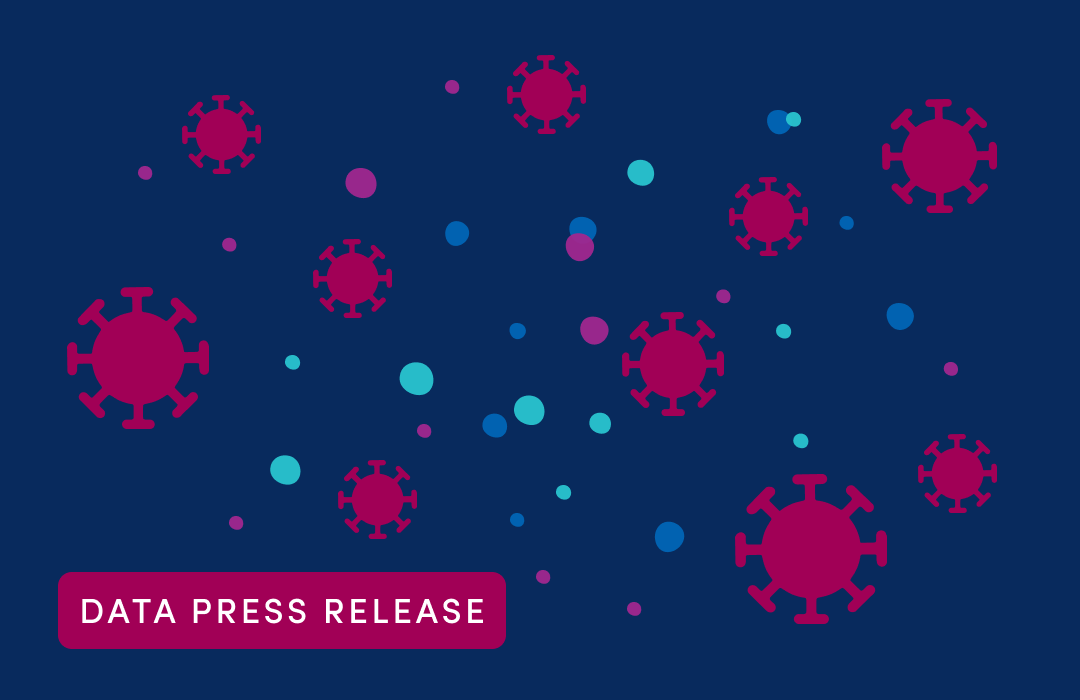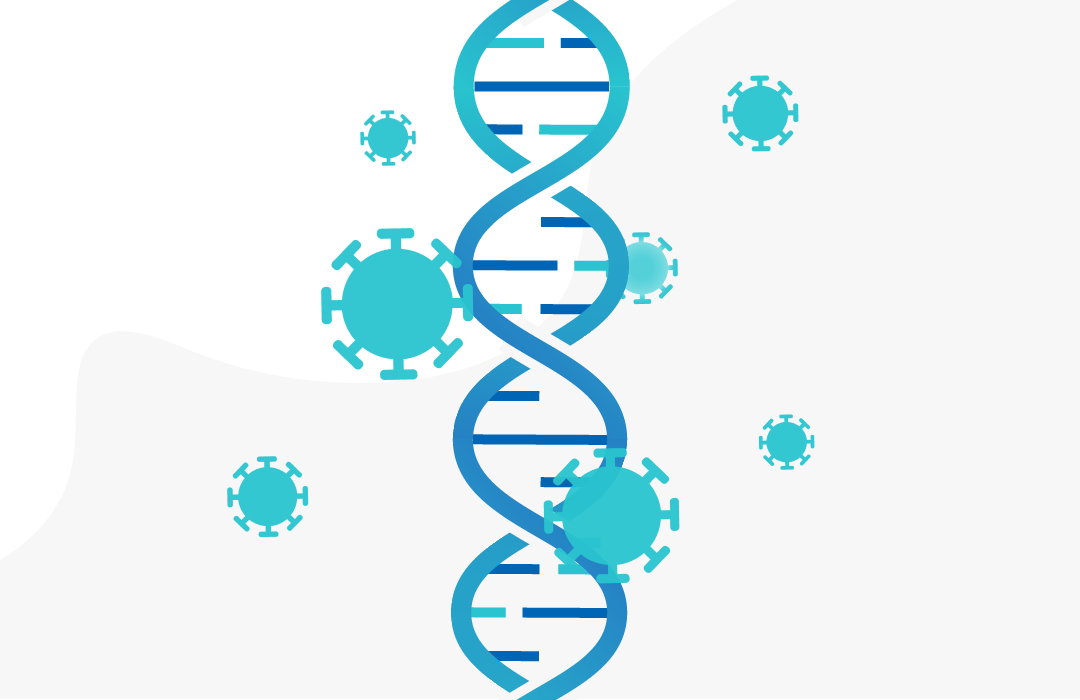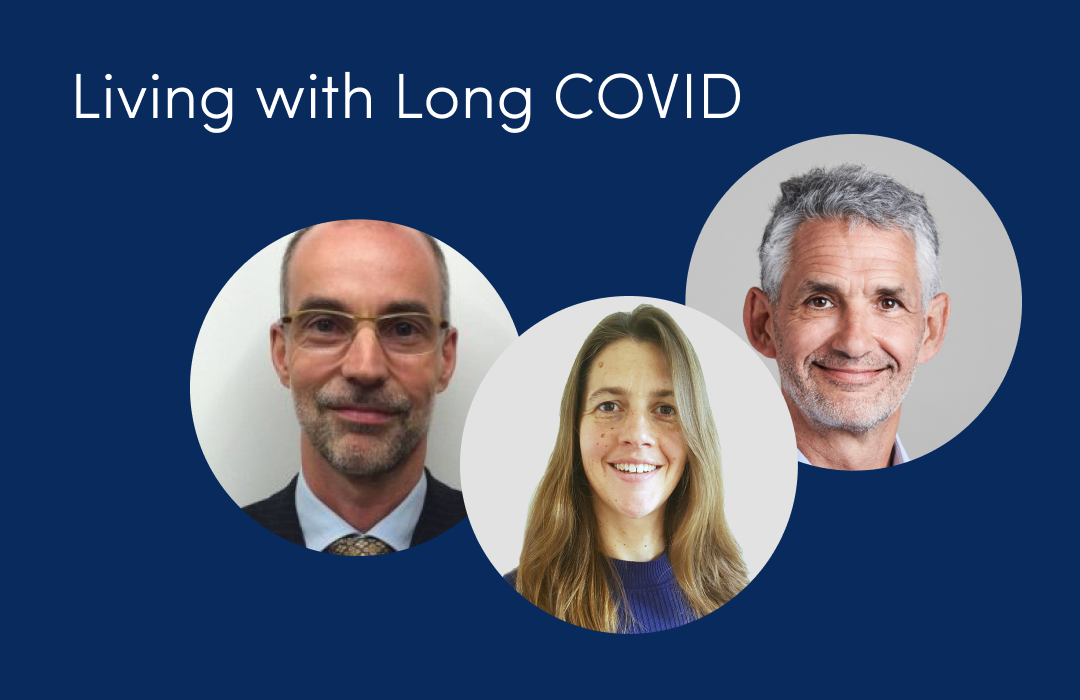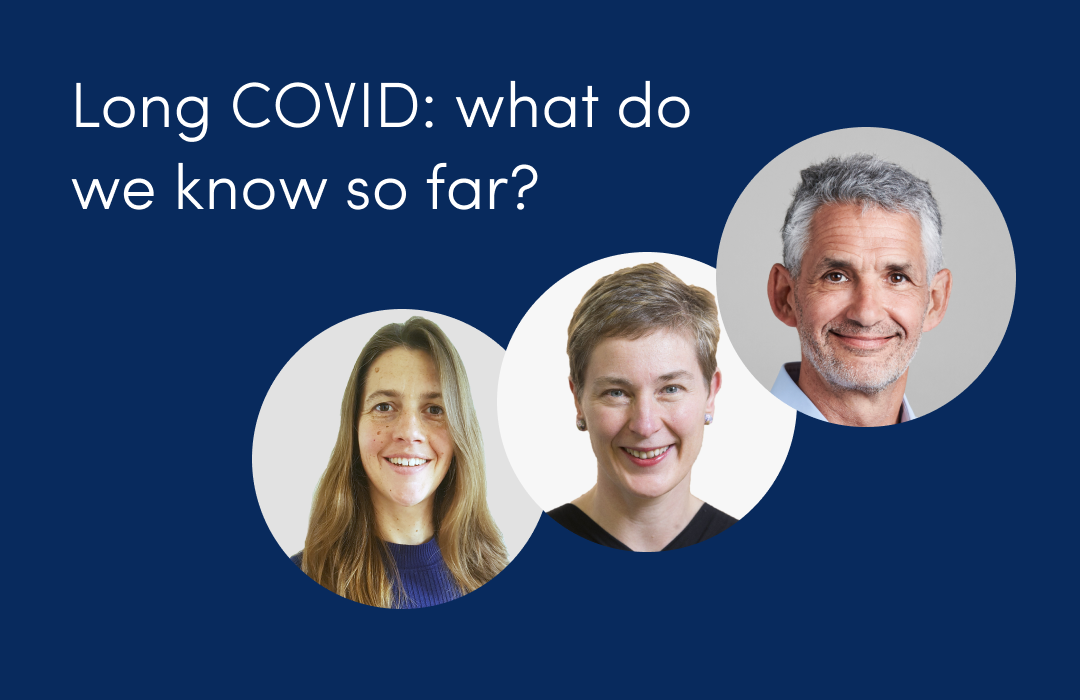.png)
Are chest pains a symptom of COVID-19?
April 1, 2021

This article has not been updated recently
Data from millions of ZOE COVID Symptom Study app contributors has shown that chest pains can be a symptom of COVID-19.
Chest pains can be caused by many things, and in most cases go away quickly.
However, chest pains can also be a sign that something is seriously wrong, such as a heart attack or pulmonary embolism (blood clot in the lung).
If you have sudden, intense chest pains you should get urgent medical help.
What are chest pains like in COVID-19?
A small proportion of people with COVID-19 can experience significant chest pains, which are mostly brought on by breathing deeply, coughing or sneezing. This is likely caused by the virus directly affecting their muscles and lungs.
While relatively rare, ZOE data shows that chest pains can sometimes be associated with a higher risk of needing hospital support with COVID-19, particularly when chest pains occur alongside confusion or shortness of breath.
When do chest pains happen in COVID-19?
It’s not clear exactly when chest pains start to appear in COVID-19. They can come on at any time during an infection and have also been reported to occur intermittently in people with long COVID or post-COVID syndrome.
On average, chest pains last three days in all age groups, but can take longer to pass the older you are. For example, COVID-related chest pain lasts up to four days in children or seven to eight days in adults.
If you know you have COVID-19 and experience new severe chest pain during the course of your illness you need to get urgent medical help. This is because secondary events such as pulmonary embolism and heart attack have been reported as a consequence of COVID-19 and need urgent treatment.
How common are chest pains in COVID-19?
Chest pains aren’t a common symptom of COVID-19 but are more common in adults (28%) than children (10%).
Only 2% of people who were ill with COVID-19 reported chest pains as their only symptom.
What other symptoms of COVID-19 are common alongside chest pains?
Chest pains are most likely to occur alongside other symptoms. It’s important to be aware that when clustered with a lot of other symptoms, particularly shortness of breath, abdominal pains and confusion, chest pains were associated with a higher risk of needing hospital support, especially in older people.
In milder cases, chest pains usually appear alongside headaches and fatigue.
Depending on your age and sex, you should contact your doctor if you have multiple different symptoms of COVID-19 in the first week of being ill.
What should I do if I have chest pains and think it might be COVID-19?
Never ignore chest pains. Dial 999 if you have pain or pressure in the chest that makes it hard for you to breathe, move, speak or perform basic activities such as walking up the stairs.
Even if you’re not worried, call 111 to make sure it’s nothing serious.
If you have chest pains alongside other COVID-19 symptoms, you should:
- Follow the NHS guidelines and self-isolate at home to help protect the people around you and the wider community.
- Download the ZOE COVID Symptom Study app and log your symptoms to be offered a test through the app.
- Also log your health daily in the app, if you’re not already, to help us understand more about how COVID-19 affects people and contribute to life-saving scientific research.
- Check out our tips on looking after yourself if you are sick with COVID-19, monitoring your health at home and staying hydrated.
Stay safe and keep logging.












.png)


.jpg)














.png)







%202.png)
.png)


















.png)






